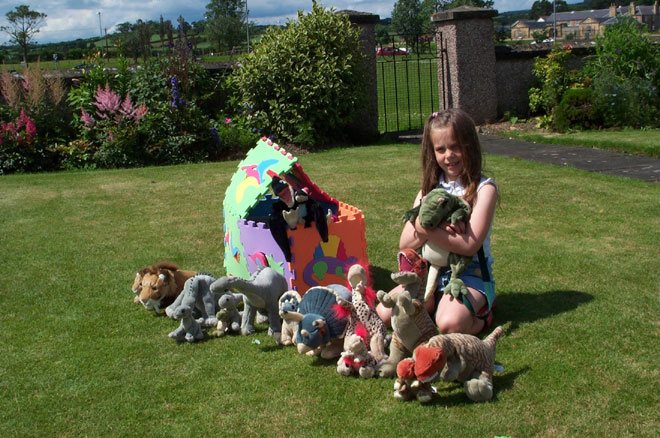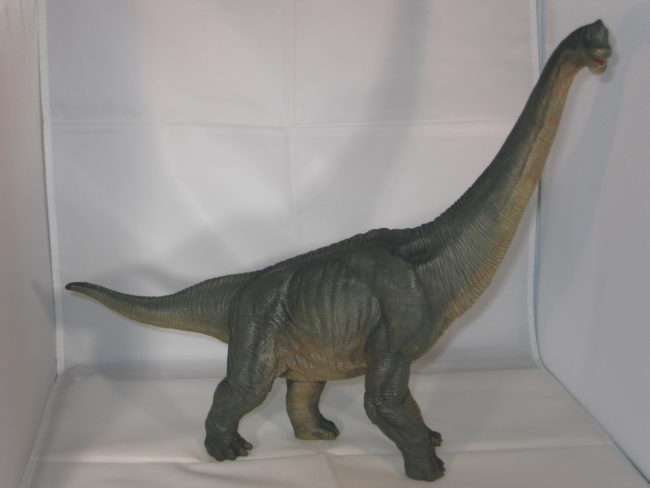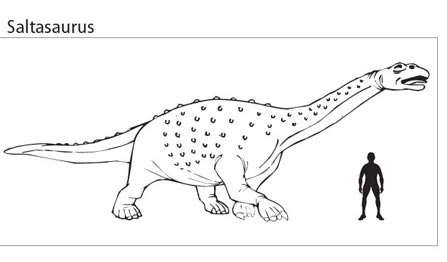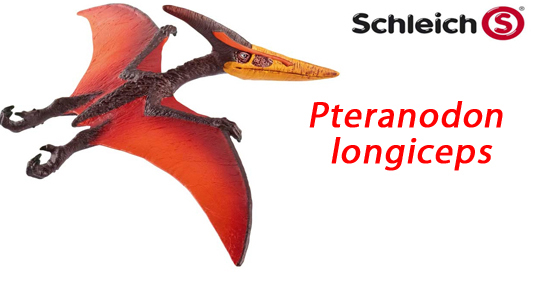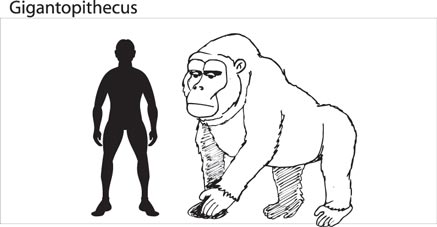Working with Photographers – How to shoot Dinosaurs
In one of our previous blogs “a picture is worth a thousand words”; we mentioned that the team at Everything Dinosaur had gone to Wales to take part in some new photography. These are quite fun days, it is certainly very different from visiting a school, sorting out parcels in the warehouse or working in the office.
To view our article “a picture is worth a thousand words”
A Picture is worth a Thousand Words
As a mail order company we rely on good photographs to give customers a good view of their potential purchases. To achieve this we often commission our own product pictures. Although, the hiring of a studio and a professional photographer is quite expensive, we think it is worthwhile in the long-run as it allows customers to view our products properly.
By taking our own photographs we can also offer combinations of products that competitors may not be able to supply, as they simply don’t have the pictures to display these items properly. Anyway, having our own product shots is very useful.
Also, the photographer can take pictures that we can use for promotional purposes, this is another reason why we hire a professional and studio. Although, it is fun to dress up in our digging gear and stomp around the studio pretending to look at fossils whilst surrounded by loads and loads of our products… but that is another story.
Over the years we have learnt some valuable lessons when working with professional photographers, so we thought we would share with you some of our golden rules. Hopefully, if anyone is thinking of doing some photographic work for their own business then these little tips may prove to be useful.
Everything Dinosaur’s Golden Rules for Professional Photography Work
1.) Choose your Photographer carefully
We tend to ask for recommendations and testimonials from existing customers. We check these out and get the views of people who have used the photographer previously as well viewing some of the work that he/she has done. If time permits, visit the studio.
2.) Prepare a “photographic brief”
Prior to a shoot we send a brief to the photographer outlining our objectives and providing specific information on what type of photography we require and who the audience is likely to be. We even provide a short outline on our company so that the photographer can get a “feel” for what we want to achieve.
3.) Follow up the brief to check understanding
Once the brief has been received we then follow up a few days later with a phone call, or occasionally if time permits with a quick visit to the studio, to go over any points and to provide additional information (we have even brought samples of products to show the photographer).
All this preliminary work will save time on the day of the shoot which since most photographers charge you for their time, ultimately means this will save you money.
4.) Allow the photographer to do his/her job.
These people are professional and know what pictures are likely to catch an editor’s eye or to show off a product in its best light. Encourage and welcome a contribution from the photographer and heed their advice.
5.) Bring Odd-Job along
No not the villain from Gold Finger but a box with lots of handy items in it such as spare product labels, fishing line, blue tack, sticky tape, drawing pins. Everything you might need for those odd little jobs on a photo shoot. Most professional photographers have their own kits, but when you turn up with your own they can recognise that they too are dealing with a pro!
6.) Build in some Float
Always allow more time than you think you will need. It is surprising how long it takes to set up studio lights and arrange props. It would be such a shame to rush a photo shoot, so make sure staff diaries are cleared to allow plenty of time for the photography.
7.) Shoot the Products first before the People
Studios can be quite intimidating places, full of strange gadgets and great big white spaces. Even the most brash and confident photo subject can wilt under the lights. So build people’s confidence up by getting them involved with the shoot and working with the products before setting up the pictures of themselves. We find people relax, and then seem to be more comfortable in front of the camera.
8.) Have a Check list and Stick to It
Normally one of the party is delegated the job of ensuring that the photographic brief is followed. They have a copy of the brief (we usually get them to help write it), and a list of the required shots. They then work through these. The running order is agreed with the photographer before hand. In our case it is small items first, working our way up to group shots and larger products before we move onto any people shots we need.
9.) Specify the Format
Make sure that the photographer knows exactly how you want to receive the contacts (first set of pictures you receive), how you will select what pictures you want and which you will discard. Get agreement on format dpi (dots per inch) and such like. This can save a lot of hassle for both parties.
10). Ensure you Agreement on Copy-write and Intellectual Property.
Put in writing how you want to use the images, and check permissions if you end up using the photos for other purposes such as a request for a picture being sent to a publisher and such like. This is a courtesy, after all, the photographer earns his/her living from their camera work. Having an understanding and covering this point early on will prevent any difficulties over copy-write and permissions from emerging.
We hope our top tips are of some help to you, I am sure there are lots of other tips on how to work with professional photographers, but with a bit of luck we may have helped you avoid some pitfalls. Check out the Everything Dinosaur blog for further updates and advice.
Visit Everything Dinosaur’s award-winning website: Visit Everything Dinosaur.
